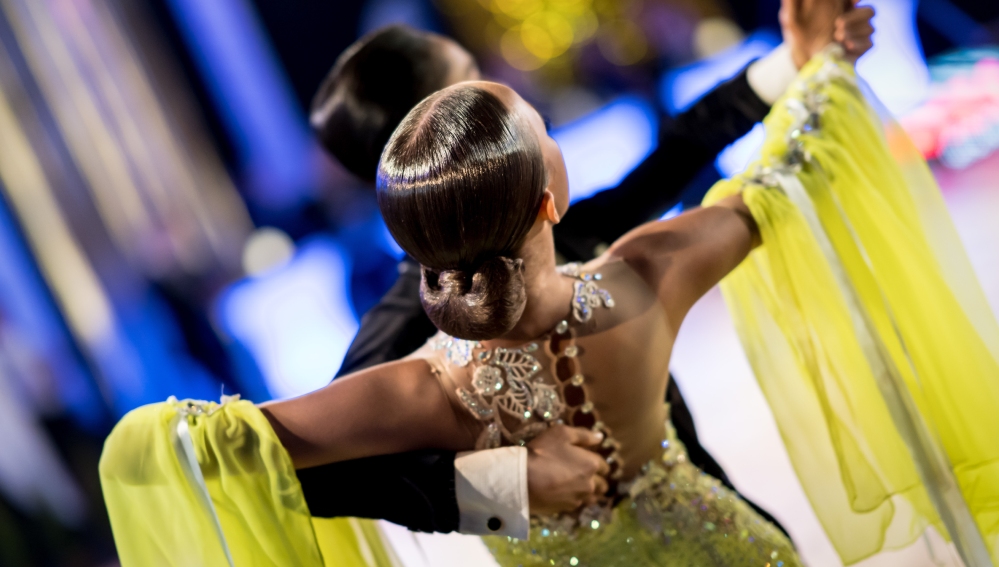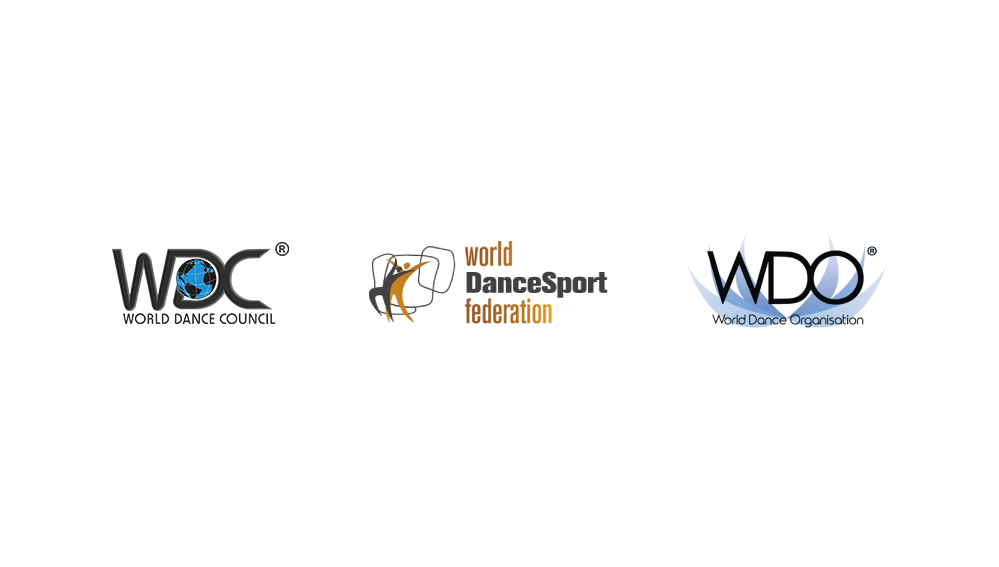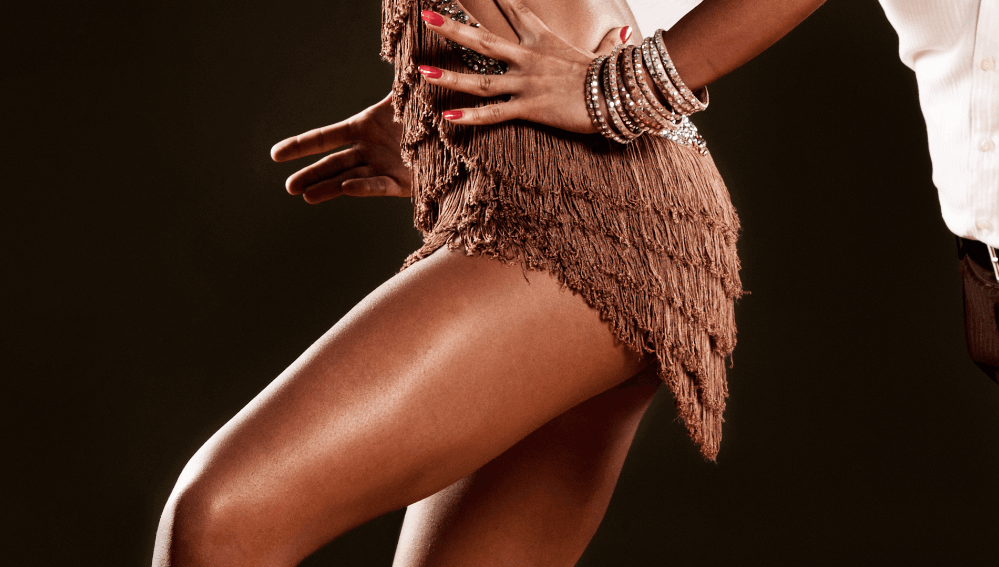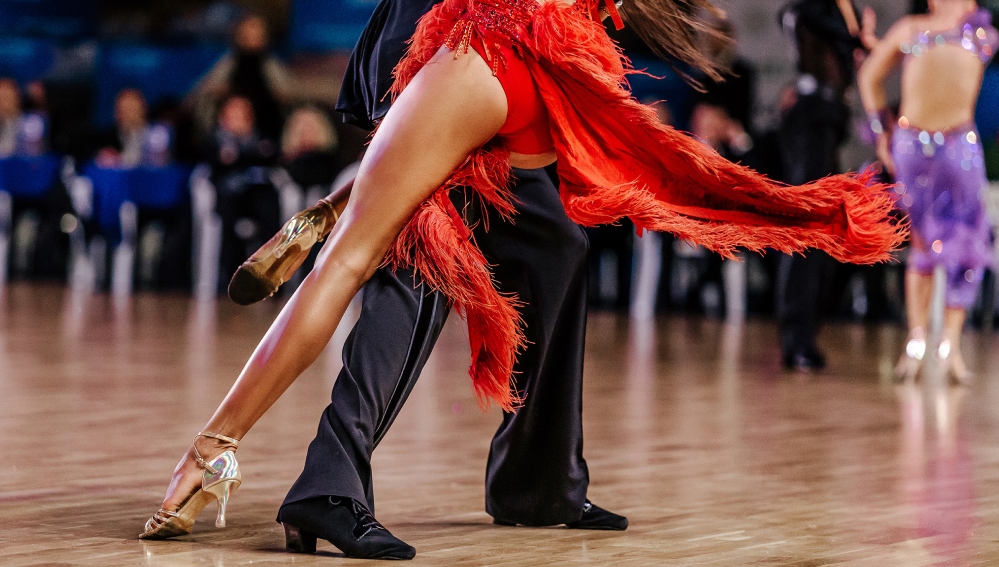
Ballroom dancing is a social dance originating from Europe and the United States and performed in pairs like Latin American dancing. Standard ballroom dancing consists of moves like the Fox-Trot, the Tango, the Waltz, and others from the 20th century. Other popular dances like the Charleston, or swing dancing include skills used in ballroom dance.
Origin
The social origin of ballroom dancing came from the European court dances of the 17th and 18th century, but most of the dances have been adapted from folk traditions. Court dances were traditionally performed to face the throne, as it was rude to turn your back on the ruler. However, in the 19th century, dancers only had to face the throne during formal occasions or when being presented to the court. Dancers danced in circles or squares in the ballroom.
Later in the 20th century, social dances started to modernize themselves in hopes of gaining a youthful audience. Rock-and-roll dances like the twist, disco dances, and break dancing were all dramticized and publicized in the ballroom dance context. Older and more traditional ballroom dancing were mostly seen during fund-raising events or social rituals, like cotillions, debutante balls, and quinceañeras to introduce young people into society or to raise money.
Types of Ballroom Dance
There is a whole variety of different ballroom dancing, all categorized into either Standard or Latin. The ones in the Standard category are the Waltz, the Tango, the Viennese Waltz, the Fox-Trot, and the Quickstep.
The Waltz originated in the 16th century as a folk dance from rural Austria and Bavaria. The original form the Waltz is much faster than what we see today. Over time, it slowed down and introduced the “closed position,” where partners faced each other with a closer hold. Evolutions of the Waltz developed such as the Viennese Waltz(which we will talk about more later), and the Boston Waltz. In competitive ballroom dancing, the Waltz is known for its elegance, romantic feel, graceful movements, and expressive rise-and-fall actions, creating a smooth gliding movement across the dance floor.
The Tango is a dramatic and sensual dance style seen in many films like Moulin Rouge, or True Lies due to the dance’s melodramatic nature. It came from Buenos Aires, Argentina’s working-class citizens. Its music origins trace back to African rhythms and European music. There are Tango dance styles with Flamenco undertones. In competitive ballroom dancing, Tango is in both American style and International style, both danced competitively and socially. Both are danced in a closed dance position, but the American style allows dancers to separate from a closed position to perform open moves like dancing side-by-side. The Tango is often seen in dance show competitions such as So You Think You Can Dance, or Strictly Come Dancing.
The Viennese Waltz evolved from the folk dance of the late 18th century, it was popular in Viennese high society and they refined the dance, making it more intimate and giving it flow. Couples face each other in an embrace. In the International style of competitive ballroom dancing, the Viennese Waltz is danced in a closed position and is limited to certain movements. The American style is danced in both open and closed dance positions and has more freedom with its fun interpretations. Viennese Waltz events, balls, and competitions are held throughout the world annually and are shown in American pop culture from shows like So You Think You Can Dance, or Dancing With the Stars.
The Fox-Trot is a popular ballroom dance in Europe and America. The dance was supposedly named after the comedian Harry Fox, his act in the Ziegfeld Follies included a trotting step. The music the Fox-Trot is danced to is usually ragtime, and the speed of the step varies in music. Its steps consist of walking steps, chassés, and quarter turns. Couples hold each other in the traditional ballroom position.
The Quickstep is a lively partner dance with three steps and is a popular standard in ballroom dances. It’s like a faster Fox-Trot. It originated in New York in the 1920s and evolved, beginning as a slow Fox-Trot dance with syncopated steps and began combing other modern dances like the Peabody, the shag, the one-step, and the Charleston. The dance takes up most of the dance floor. It’s flashy and entertaining, often seen in competition on Dancing With the Stars. Tango, pop, and jazz music are often used when dancing the Quickstep, the tempo should be brisk and upbeat.





